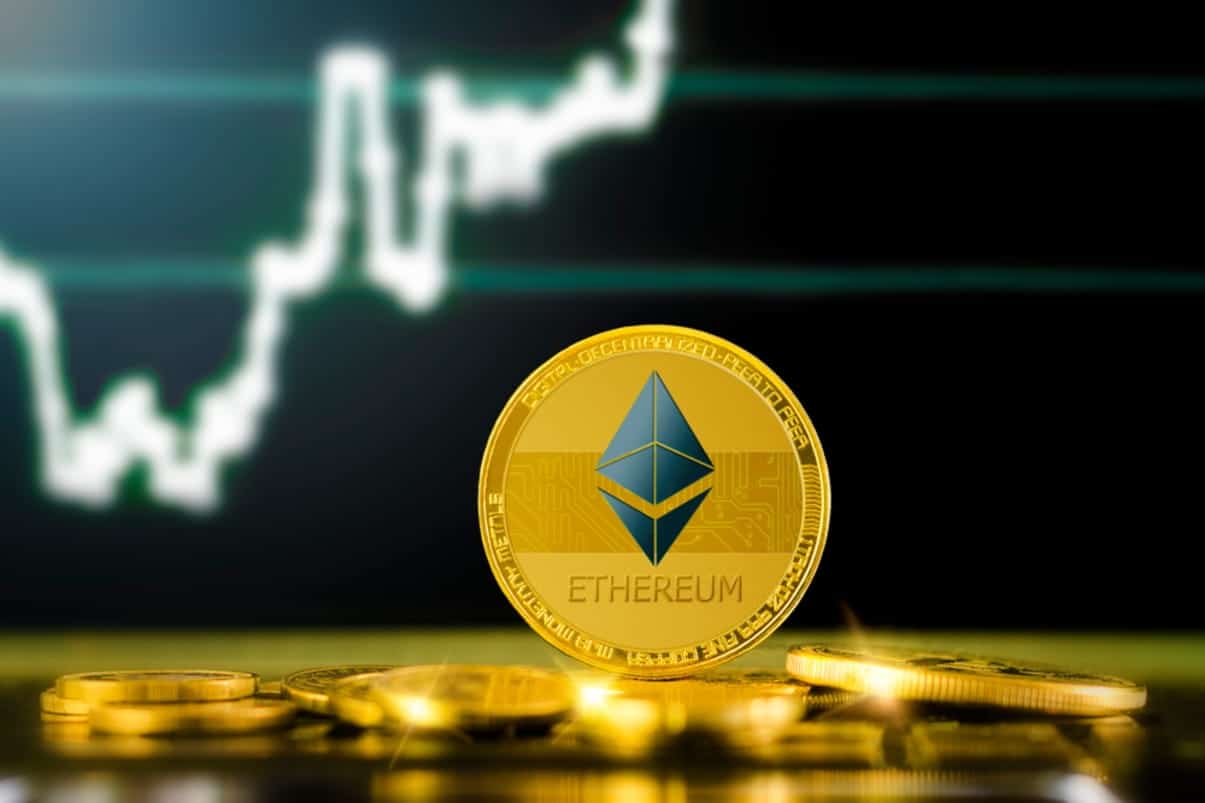Ethereum (ETH) has outperformed its biggest rival, Bitcoin (BTC), with a 33% year-to-date gain. This rally is being driven by catalysts other than spot ETF potential approval, according to a research report by brokerage firm Bernstein.
The report highlights that ETH supply has not increased since the Ethereum blockchain switched to a proof-of-stake consensus model in September 2022, making the network deflationary. Bernstein argues that this fact is underappreciated.
Additionally, the amount of ETH kept locked is also an important factor, according to the report. Bernstein notes that ETH held on exchanges is at an all-time low of 11%, indicating that more of ETH is locked in staking pools, decentralized finance (DeFi) smart contracts, and layer-2s.
“With ETH transaction fees rising based on higher blockchain activity (more DeFi, NFTs, tokens), more ETH holders are incentivized to stake their ETH,” wrote analysts Gautam Chhugani and Mahika Sapra. They added that as financial smart contracts (Arbitrum, Optimism, and Polygon) on Ethereum Layer 2 networks scale, more ETH remains locked in smart contracts, leading to a reflexive feedback loop of increased demand.
The report noted that the Eigen layer, a protocol used to re-stake Ethereum, is also attracting more staking demand “as ETH (re-)stakers profit from new tokens/services launched on Eigen.” Since the beginning of 2023, new Layer 2 networks have been revitalizing decentralized finance by bringing scalability and lower fees to the Ethereum network, Bernstein said.
As token regulations become more clear, “application tokens such as DeFi tokens could potentially allow revenue sharing with token stakers,” the report said. Additionally, it was noted that “a healthy DeFi ecosystem will continue to bring higher activity and Ethereum fees,” thus adding more value to ETH.
According to the report, the last main catalyst is the Dencun update of the Ethereum blockchain, which is planned for March this year. According to the report, following the update, “ETH contributors expect a 90% reduction in Ethereum layer 2 transaction costs and improvement in the profitability of layer 2 networks”; This will reduce congestion on the main network and deliver higher volumes to the ecosystem.
*This is not investment advice.









